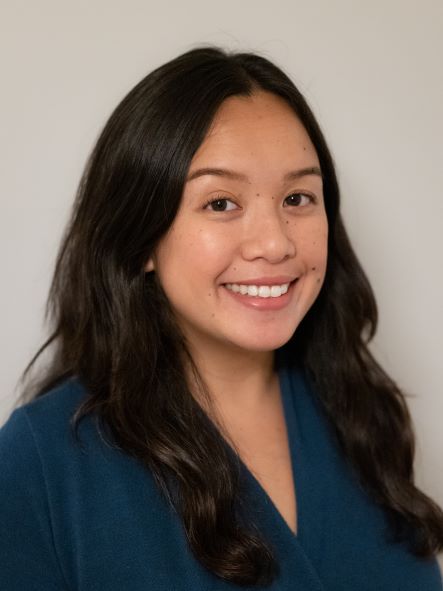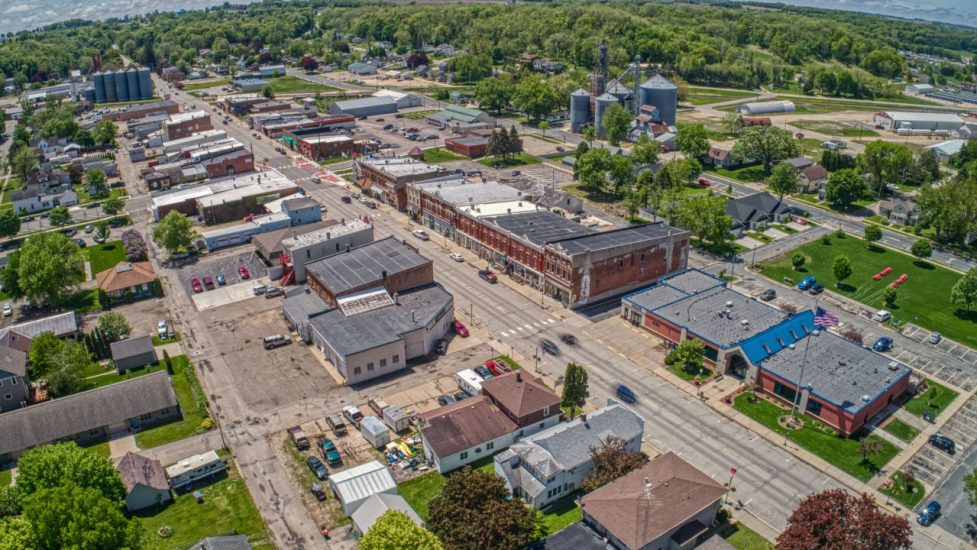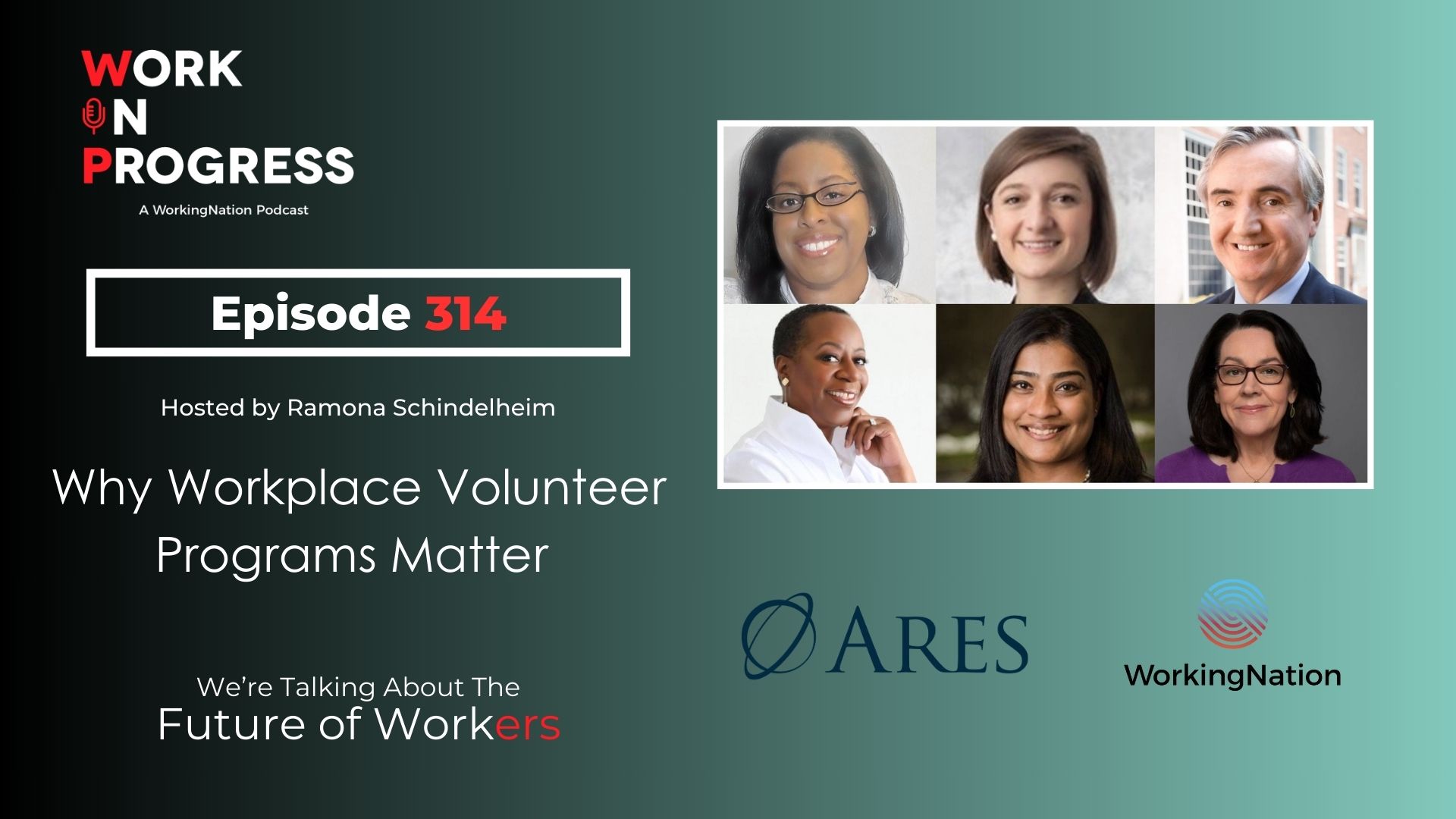“One in five Americans live in rural areas, but only 6% of foundation grants target rural communities,” says Karla Gregorio, senior program manager, U.S., WES Mariam Assefa Fund. “Immigrants and people of color comprise nearly a quarter of rural populations. So, it is an area of high potential, high need, but low investment.”
“Rural communities have been historically left out of big national reform efforts, in part because of the interest that most funders have in working at scale,” says Keith Witham, director of education grantmaking, Ascendium Education Group.
Jobs for the Future (JFF) recently announced a two-year initiative that will provide funding to 10 rural-serving organizations to provide education and workforce training to immigrants, refugees, and migrants.
The initiative – Rural Immigrant Success Exchange (RISE) – is in partnership with WES Mariam Assefa Fund and Ascendium Education Group. Each of the 10 selected organizations will receive $150,000 over two years with grantees being announced at the beginning of 2023.
Organizations interested in being considered for funding have until October 31 to request information.
“Ninety-one percent of the 100 most disadvantaged communities in the United States are rural,” notes Gregorio. For immigrants and refugees, she says, there are barriers to gaining stable and meaningful employment. “This is due to hiring bias, exploitation in the workplace, limited financial resources, limited English proficiency.”

Gregorio continues, “Rural communities are already facing consistent inequities across social indicators, including health, education, financial being. So, these inequities are multiplied with immigrants and refugees because of the bias that’s already there.”
Witham adds, “Recognizing that rural communities often don’t have the density of people, the institutional density, or the partner density in order to make scaled investments, Ascendium wanted to find ways to do work that really benefited rural learners from low-income backgrounds.”
Growth in Refugee and Immigrant Populations in Rural Areas
According to projections from the Pew Research Center – by 2050, immigrants and their children could account for 19% and 18% of the population, respectively. Since 2000, immigrants account for 37% of overall growth in rural counties.
“On the refugee side of things, you’re seeing a significant number of refugees finding resettlement opportunities in rural communities,” says Nate Anderson, senior director, Jobs for the Future (JFF). “In some cases, it’s because there are communities that have been established already. In some cases, communities have been designated or volunteered to take in refugees and asylees.”

Anderson says, “On the employment side, you’re seeing within the rural economy certain sectors where you’ve seen growth in the use of refugee and immigrant labor. Particularly, in agriculture but also health care and hubs of manufacturing.”
Identifying Rural-Serving Organizations
“There are different definitions of ‘rural’ that exist in the federal government. Our grantmaking takes the approach of, ‘Tell us if you’re rural. Tell us what rural means and what the factors are.’ That notion of proximity to opportunity, what is the diversity of the economy? Because rural economies tend to not be incredibly diverse,” says Witham.
Anderson adds, “Part of it is we wanted to leave it open to organizations that may sit in towns or small cities, but who do a lot of work in rural communities. They don’t necessarily have to be in that community as their headquarters. But it’s obviously not [an organization] who is doing work in a city directly.”
Looking Ahead to the Initiative’s Outcomes
Gregorio says shared resources is a hoped-for initiative outcome, “One goal is to have organizations develop networks and share resources, share knowledge with each other. JFF is leading the research to accumulate and bring these to the surface in order to share with the broader environment.”
“These organizations, though in many cases, have been around for a long time and have served these populations successfully, haven’t received a lot of attention for the work that they’ve done,” says Anderson.
He continues, “They tend to operate in pretty siloed worlds where they’re not engaging with some of the broader workforce and education efforts that are out there. Part of the spirit behind this initiative is to elevate and put a spotlight on the organizations that are doing this amazing work.”

Witham says despite rural areas being historically underserved, he is optimistic about federal funds that are currently going to these communities. “We’re seeing resources, huge dollars going into workforce training right now. A lot of that is really directed toward rural economies and building up rural infrastructure.”
Witham notes, “I think the flip side of the lack of those density of training opportunities is that there is often a strong community fabric, church communities, community organizations that can be a more welcoming and inclusive place.”
Rural-serving organizations can request information for the RISE initiative here.











